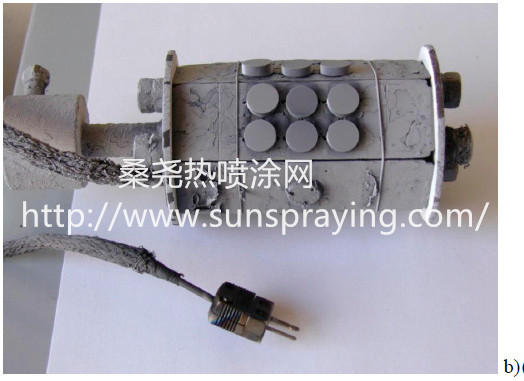Creation of high-temperature protective coatings is a cardinal and economically sound solution of the problem of combining high structural strength of materials with their ability to withstand chemical destruction at high temperatures. At present various methods of coating deposition are applied: electrochemical deposition from water solutions and salt melts, chemical deposition from the gas phase, diffusion saturation of the surface, flame, plasma and detonation spraying, and vacuum deposition methods. Vacuum methods of coating deposition based on physical processes of evaporation, atomization and condensation, compare favourably with other methods by their precision and practically unlimited capabilities of controlling coating structure and properties. The vapour phase has no limitation on mutual solubility of components. Simultaneous evaporation of several metals, alloys or refractory compounds, mixing of their vapour (atomic-molecular) flows and subsequent condensation, enable producing various combinations (compositions) of metallic and nonmetallic materials, practically unachievable by other methods.Evaporation and condensation allows producing metal, ceramic, metal-ceramic coatings: single-phase, multiphase, dispersion-strengthened, microporous, microlayered with micro- and nanosized structure. Heating and high-rate evaporation of initial inorganic substances is performed by electron beam (accelerated flow of electrons) generated by electron beam gun. Electron beam is one of the most effective heat sources. The main fraction of kinetic energy of electrons at collision with a heated surface turns into thermal energy in a thin surface layer 1-2 mm thick. Therefore, at electron beam heating the heat source is located in the heated body proper, and ensures maximum complete transformation of electric energy into thermal energy with a high level of adjustment of heating and evaporation processes.

本文由桑尧热喷涂网收集整理。本站文章未经允许不得转载;如欲转载请注明出处,北京桑尧科技开发有限公司网址:http://www.sunspraying.com/
|

